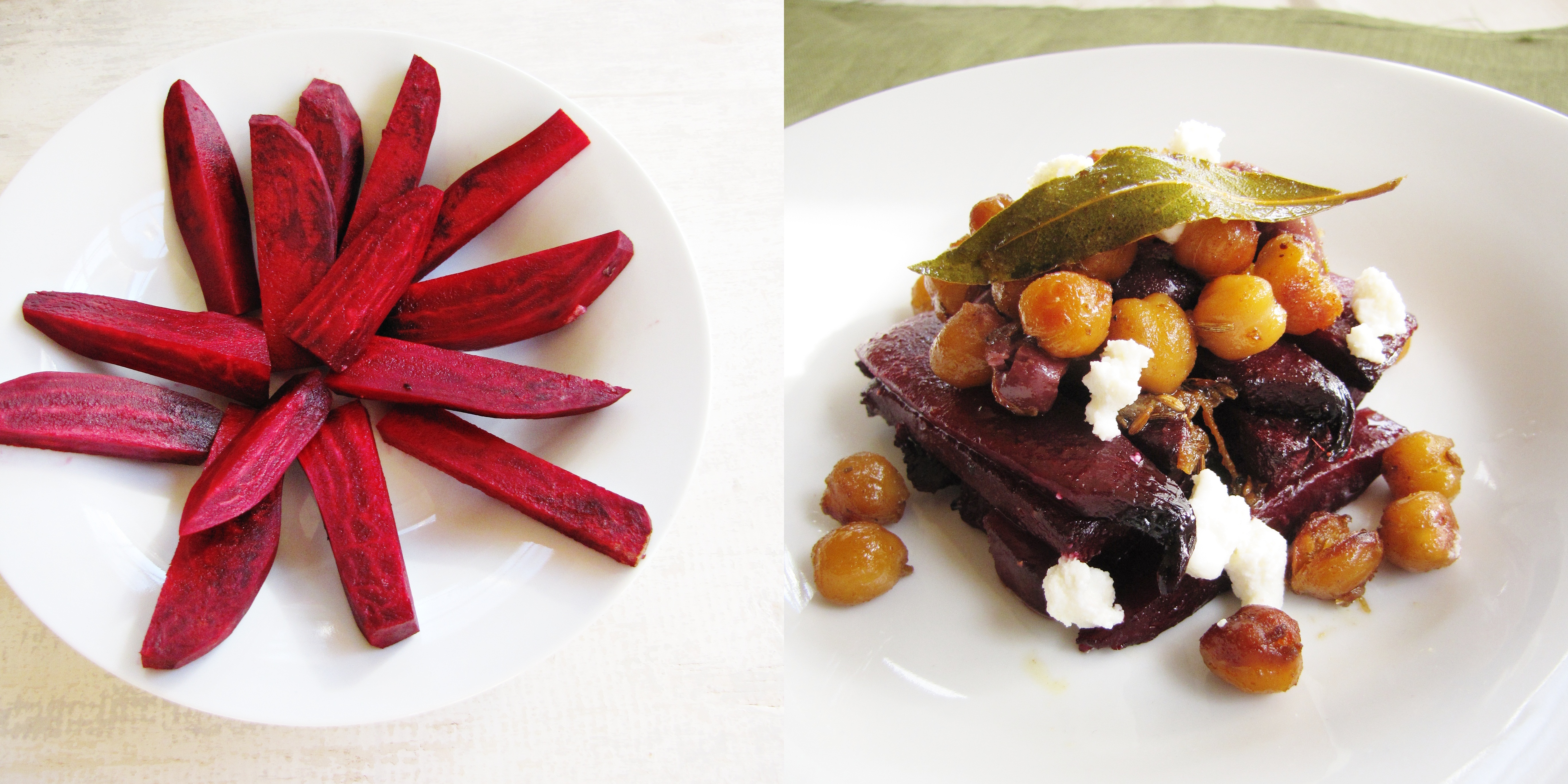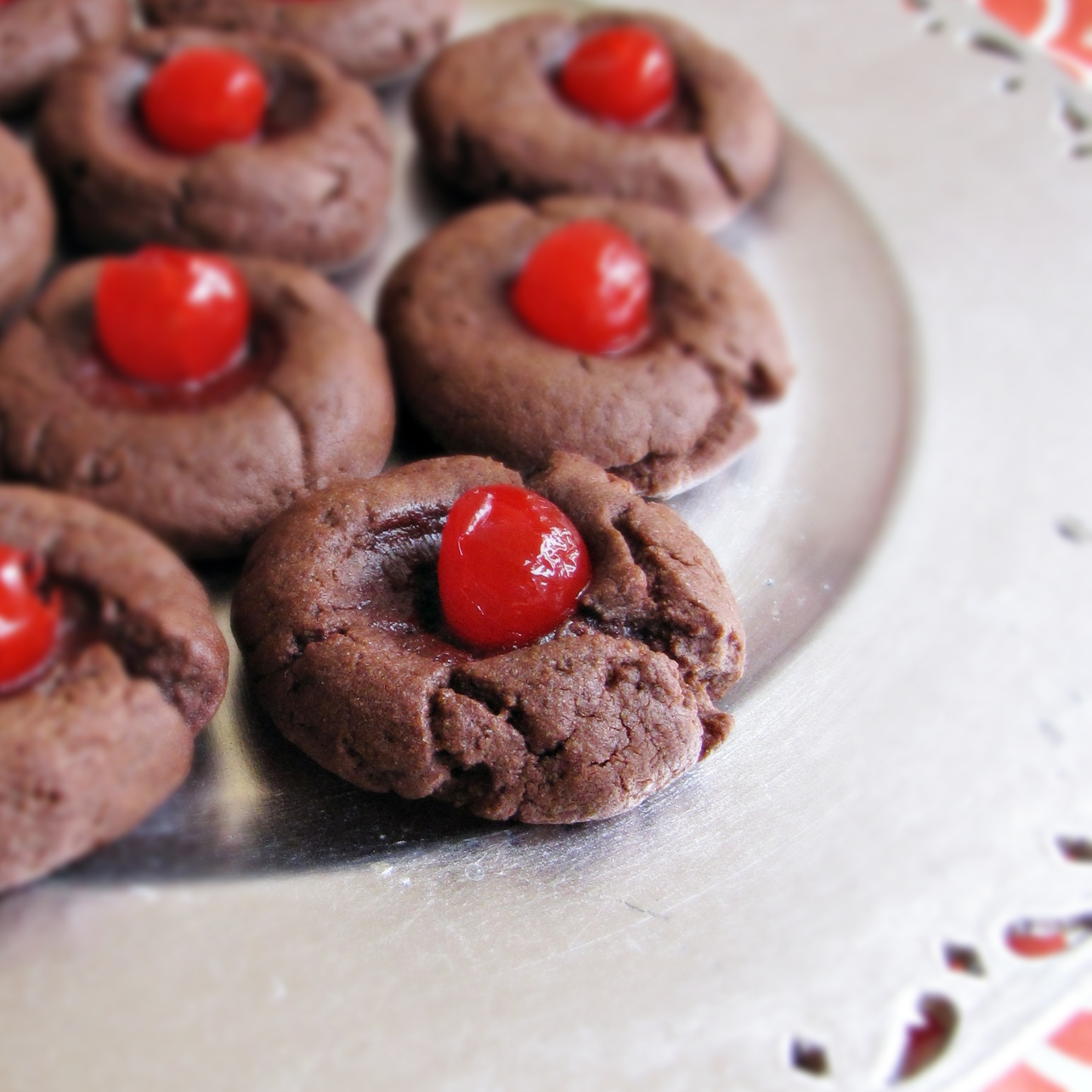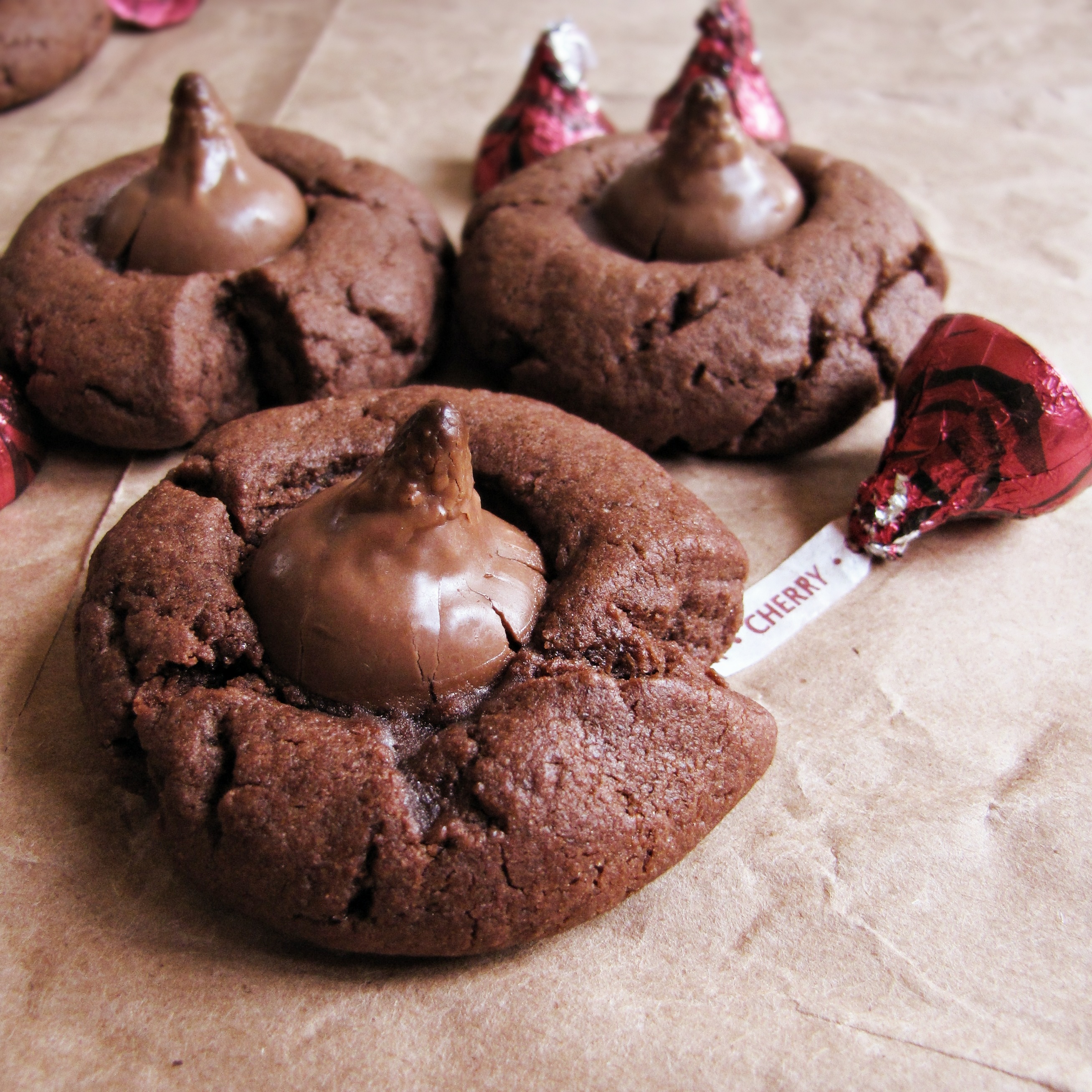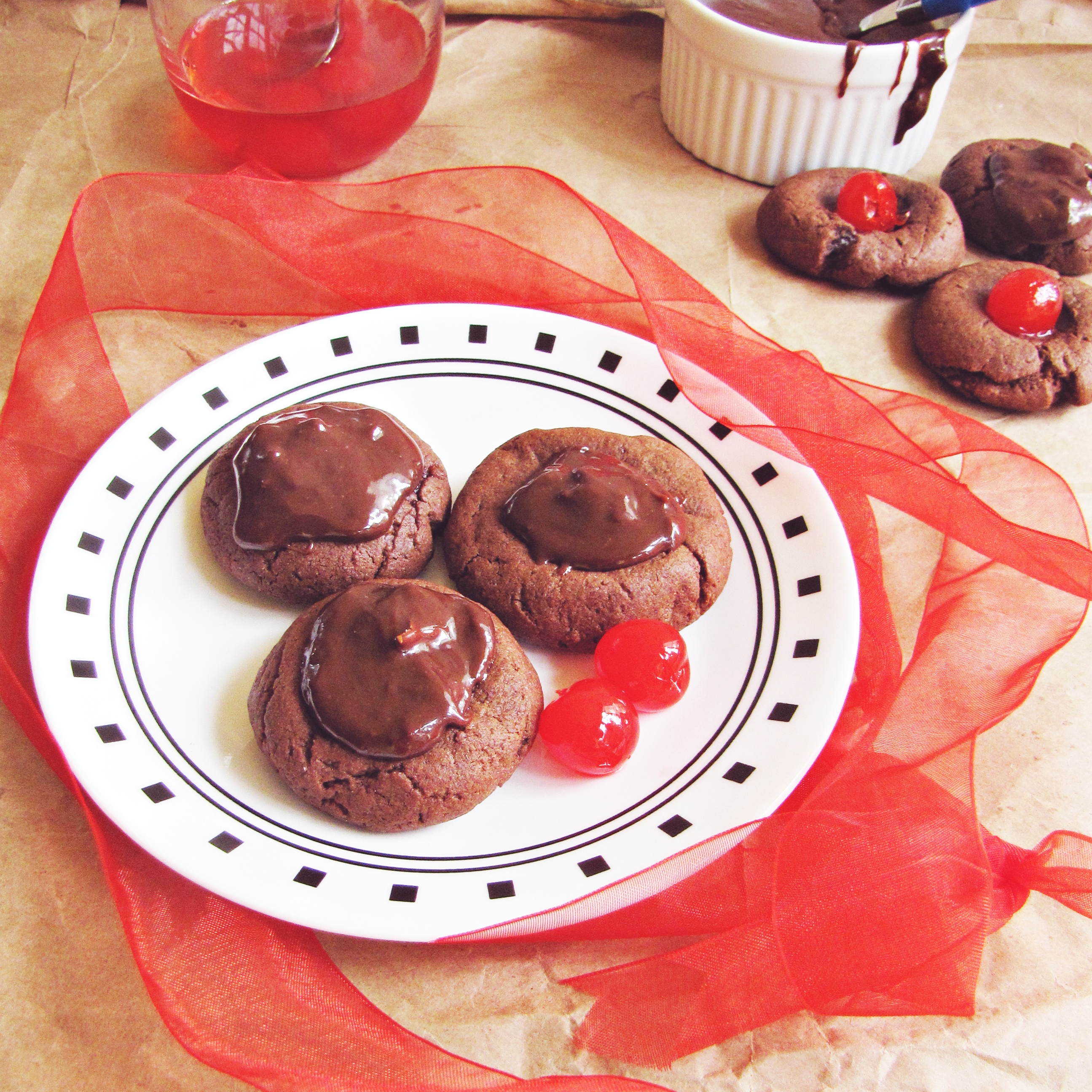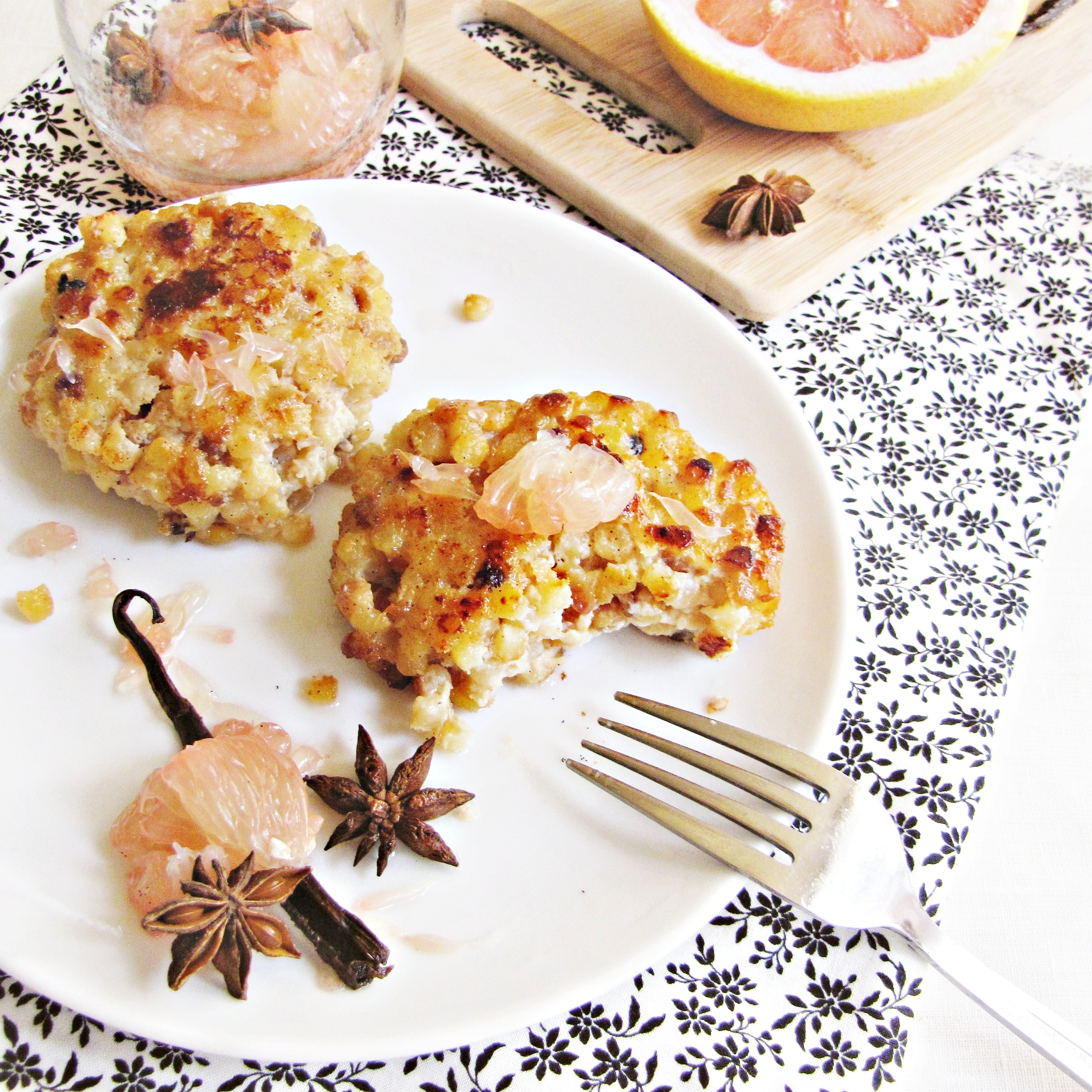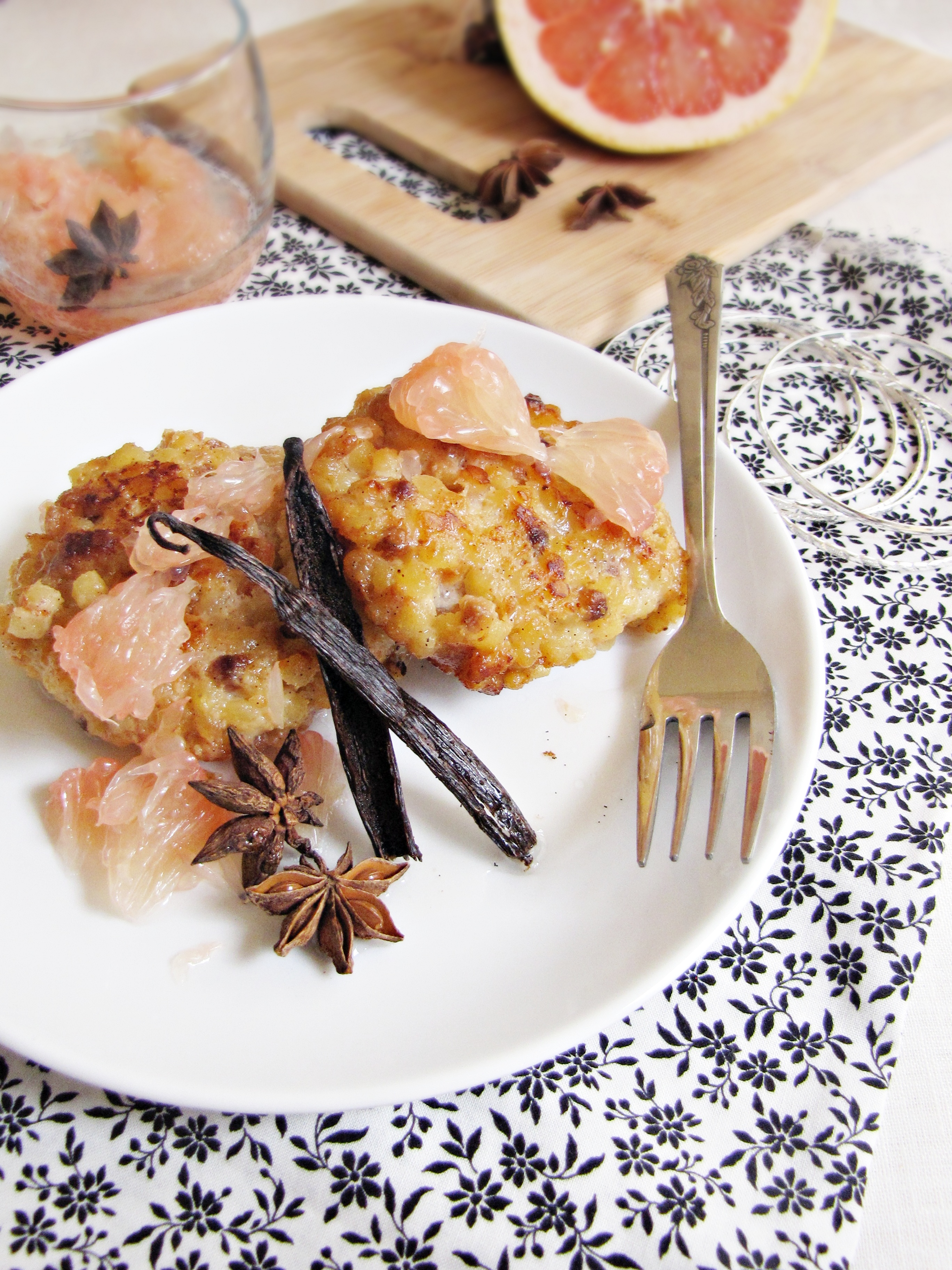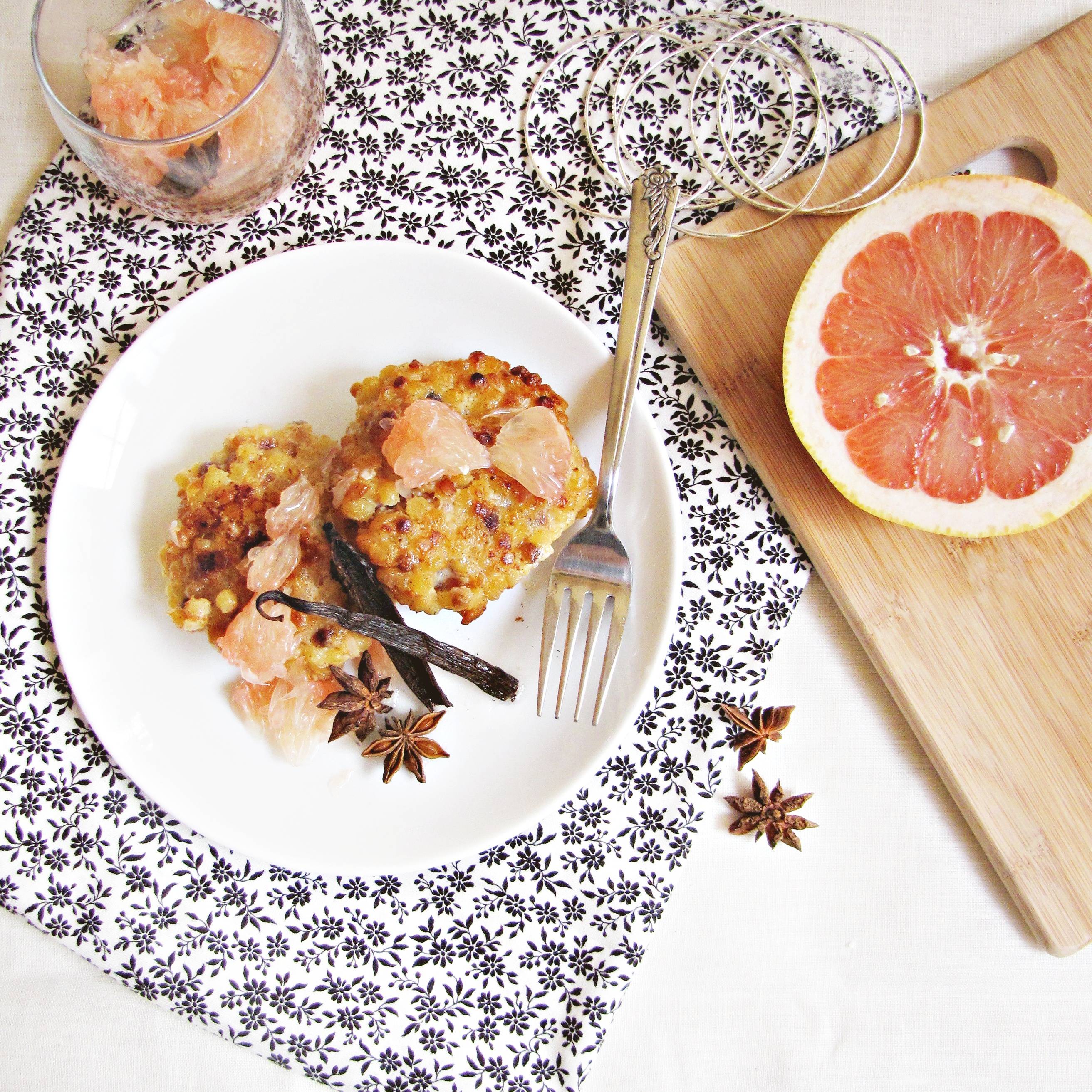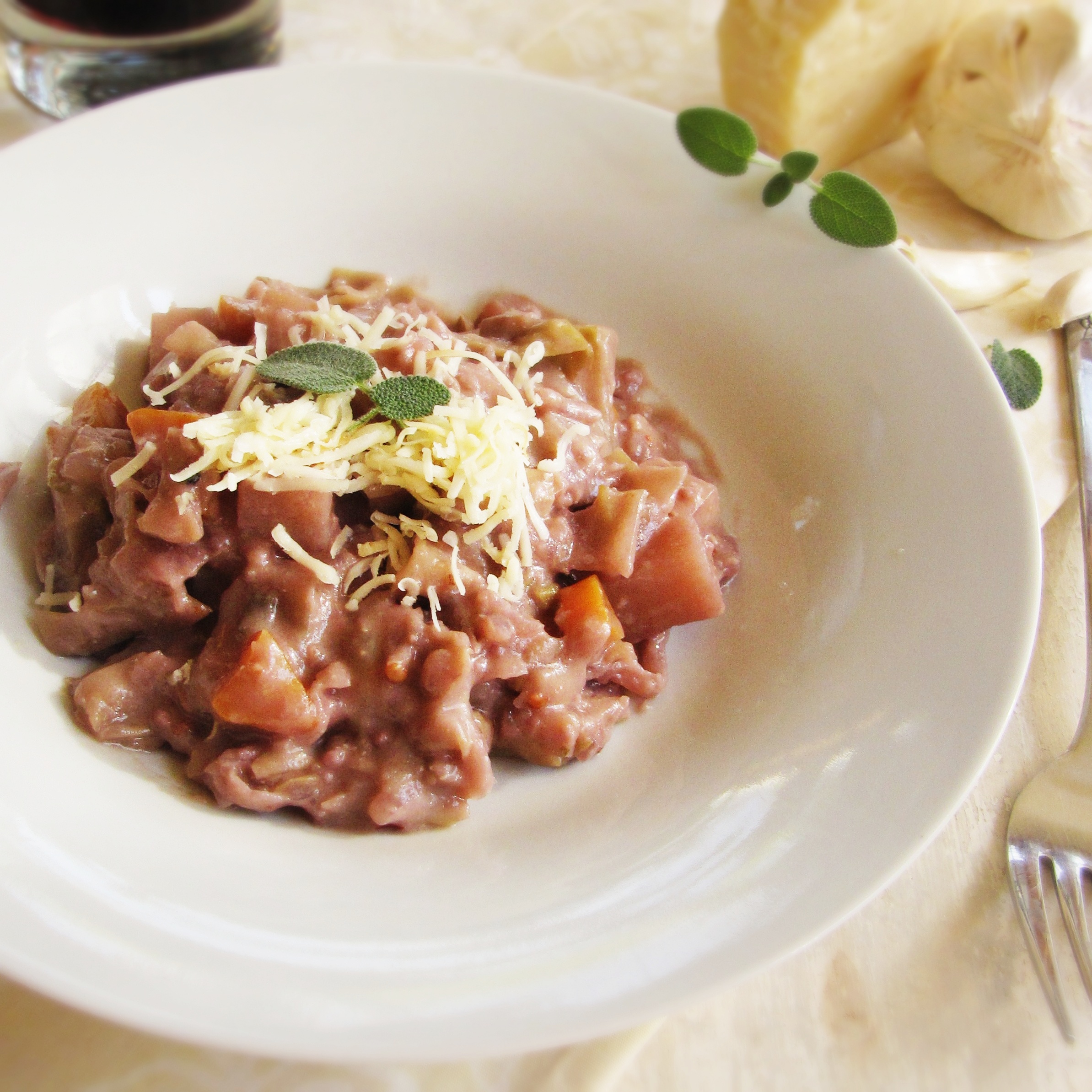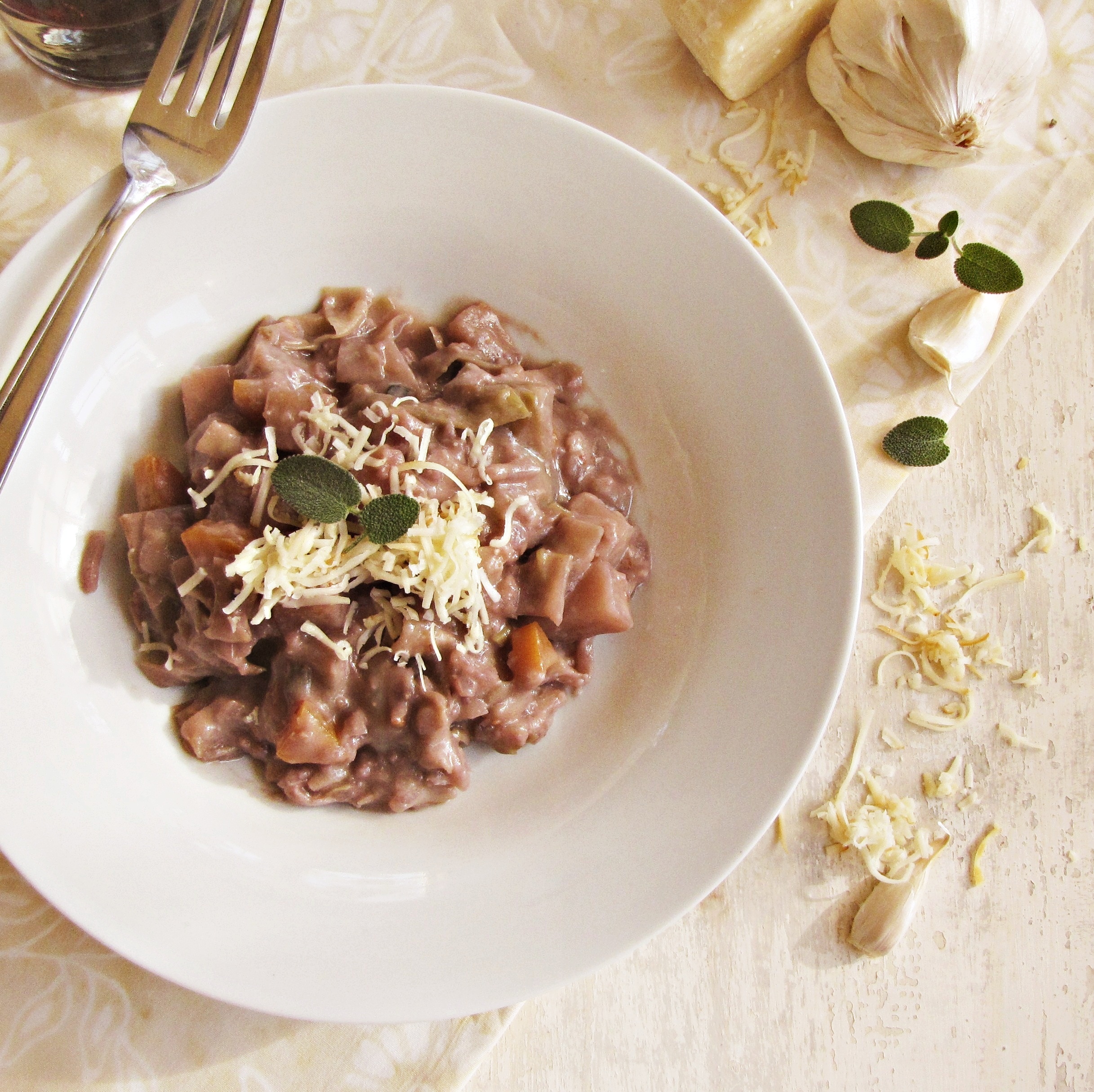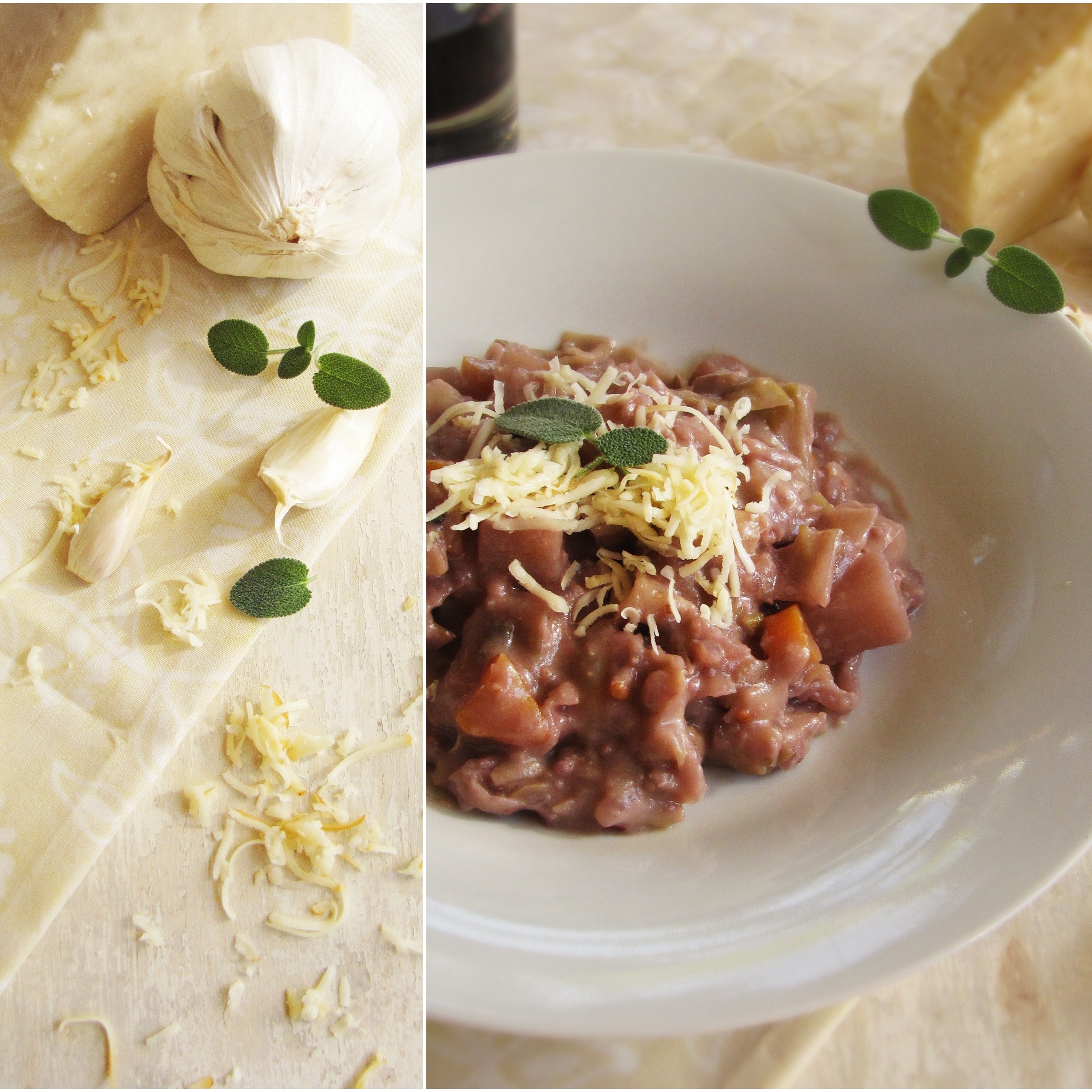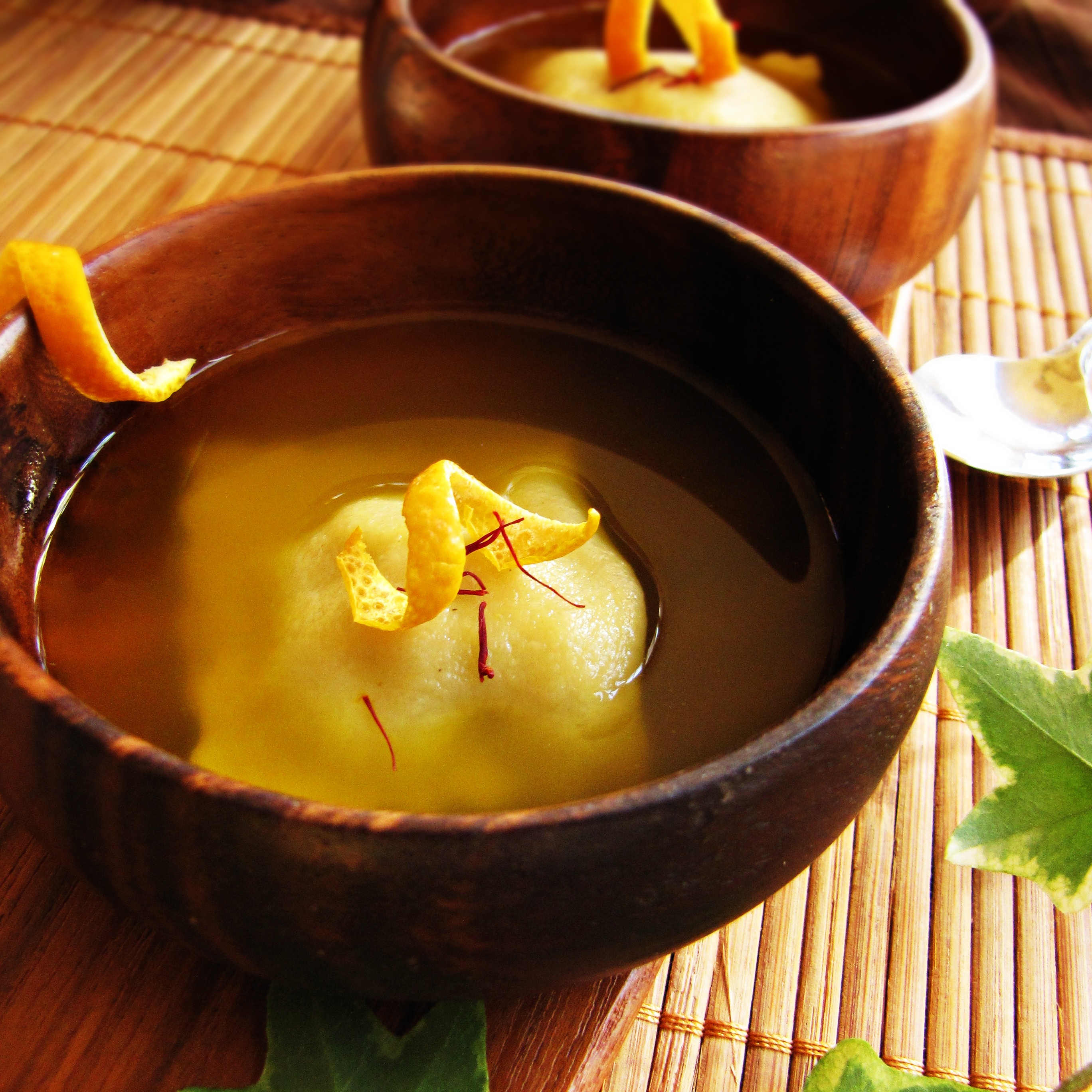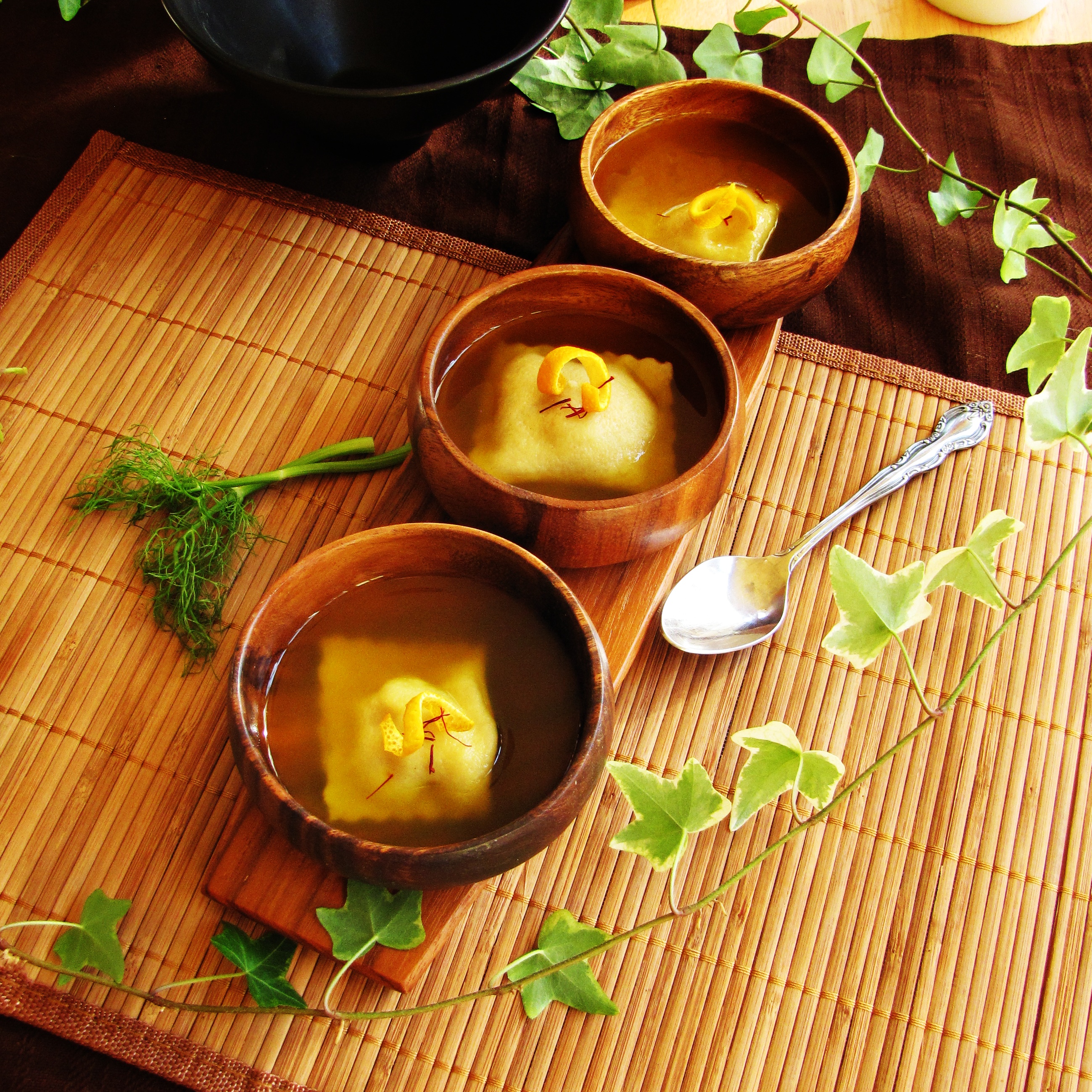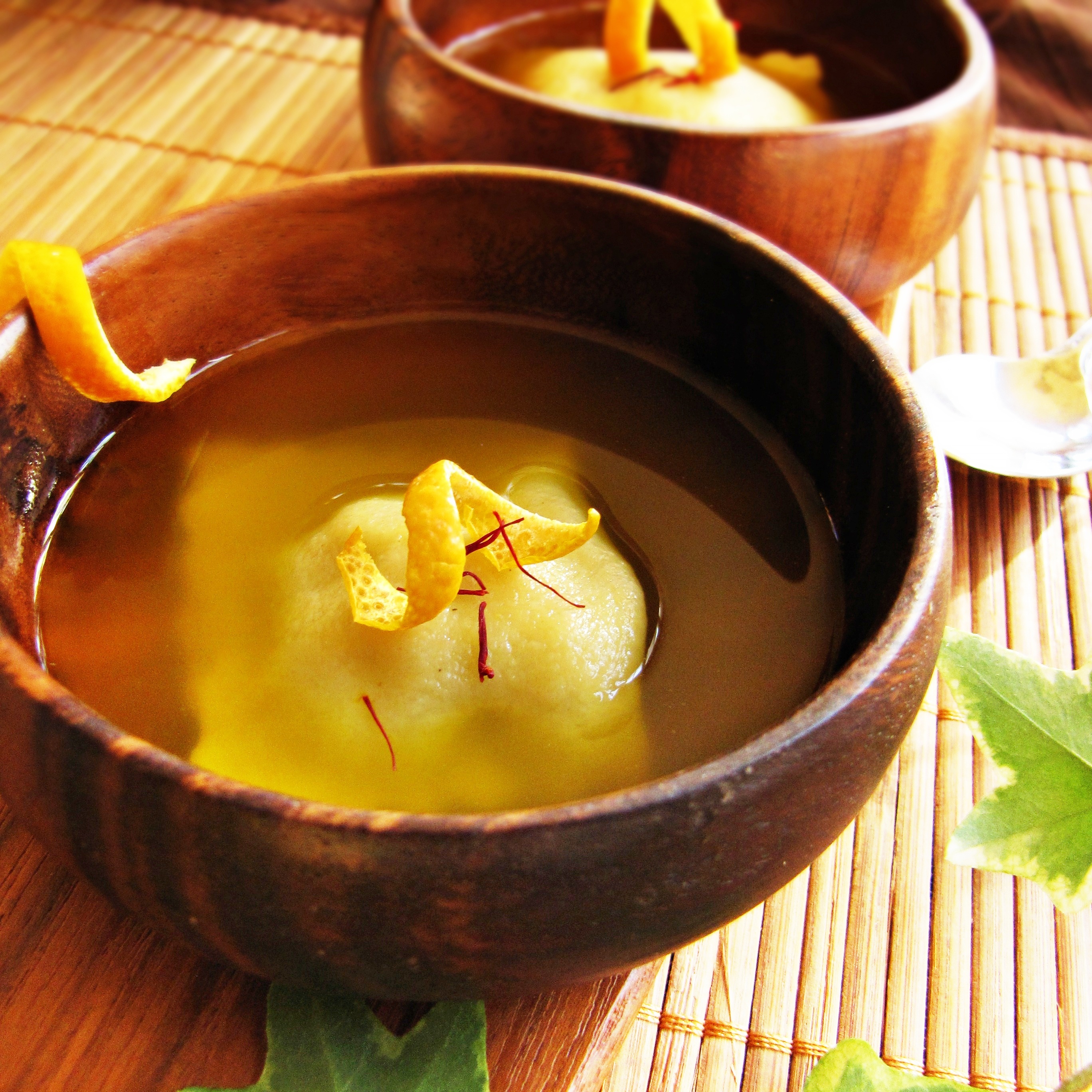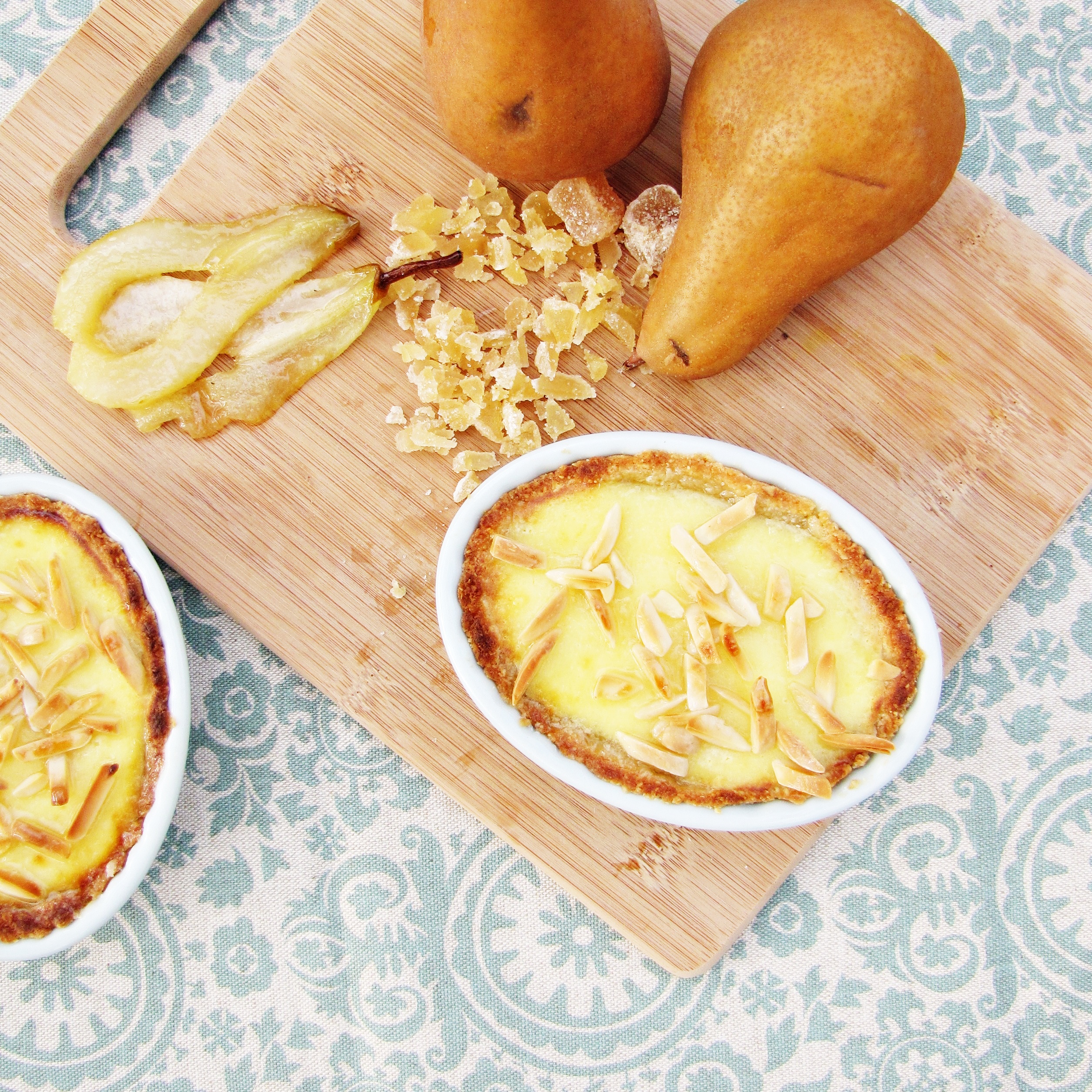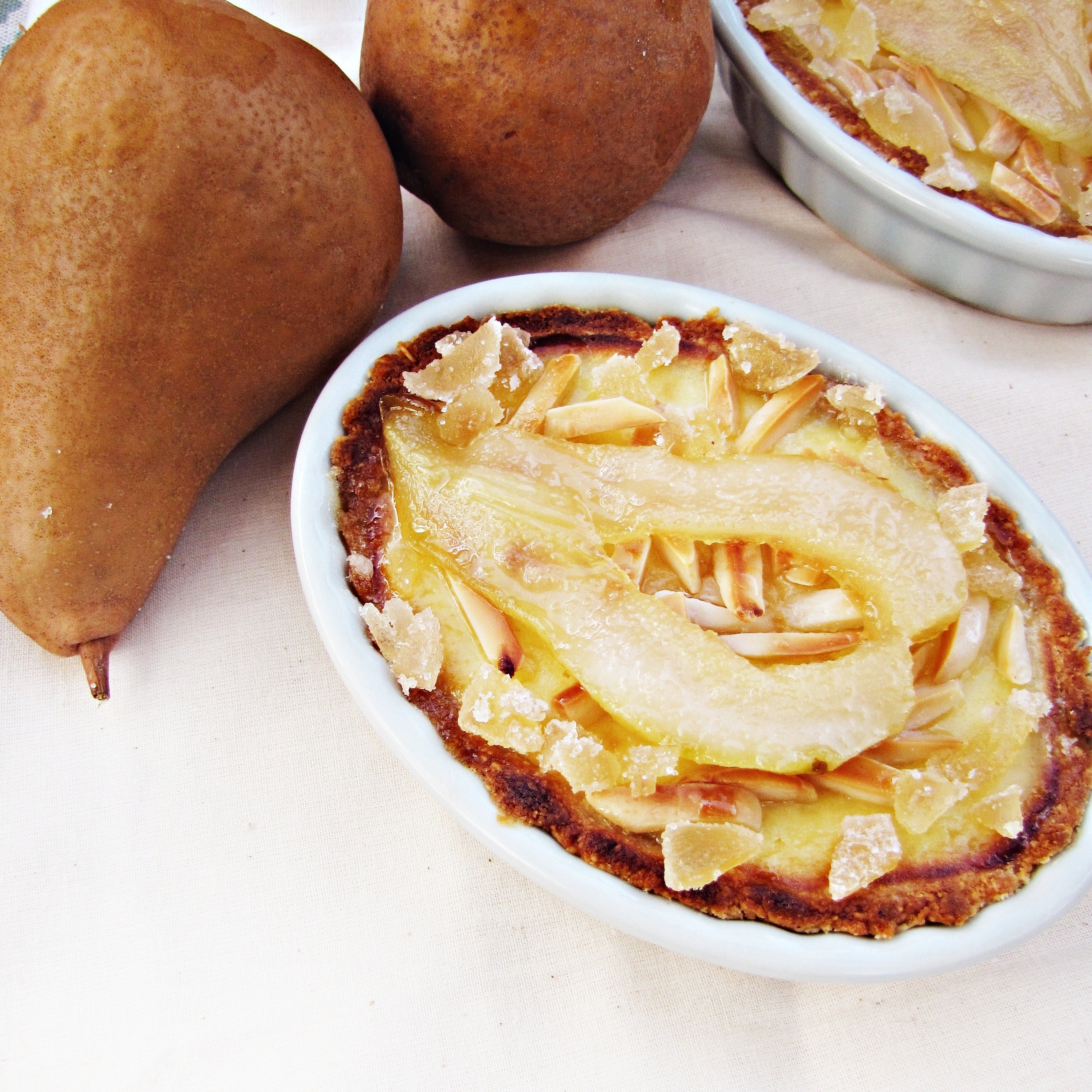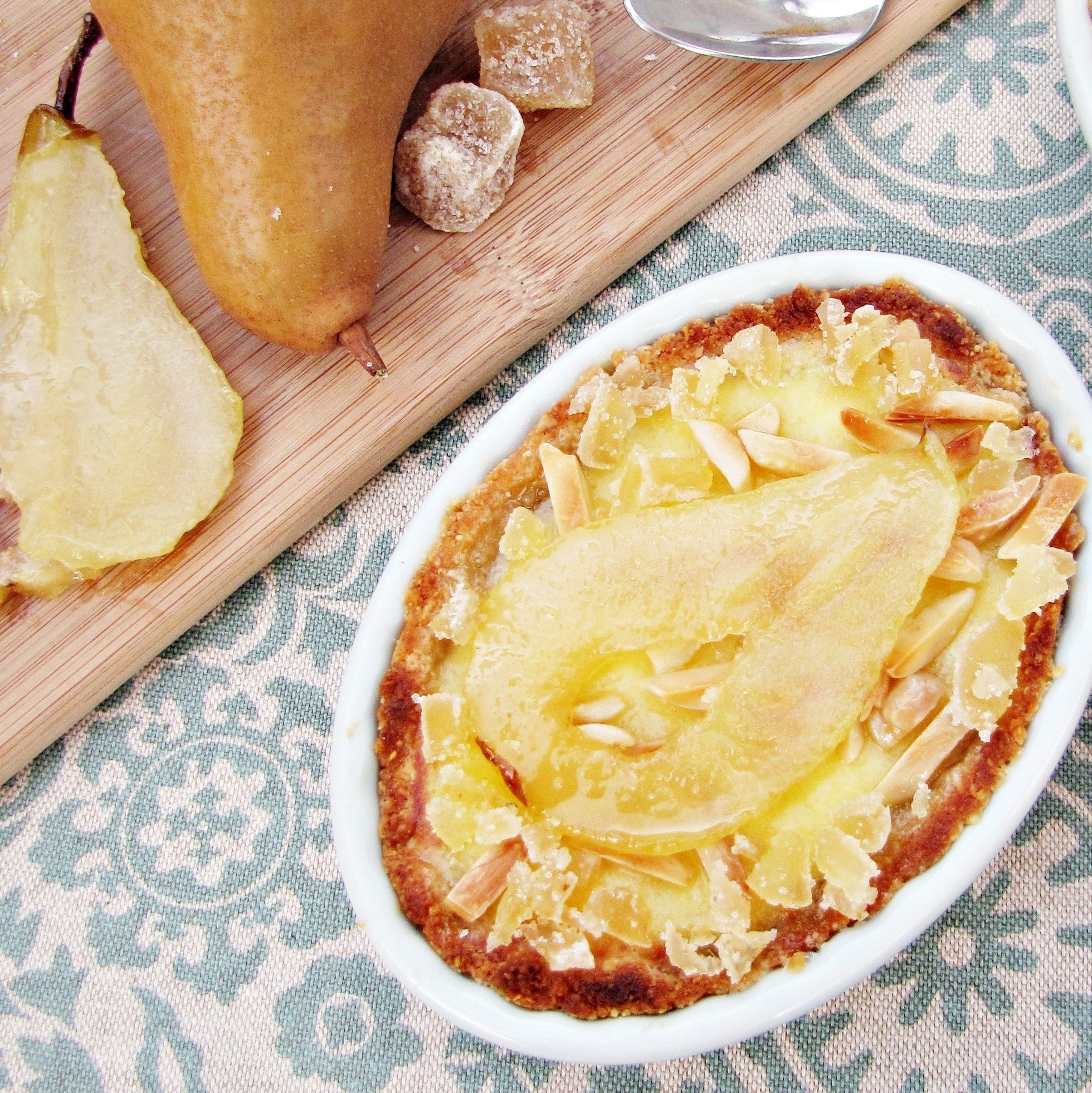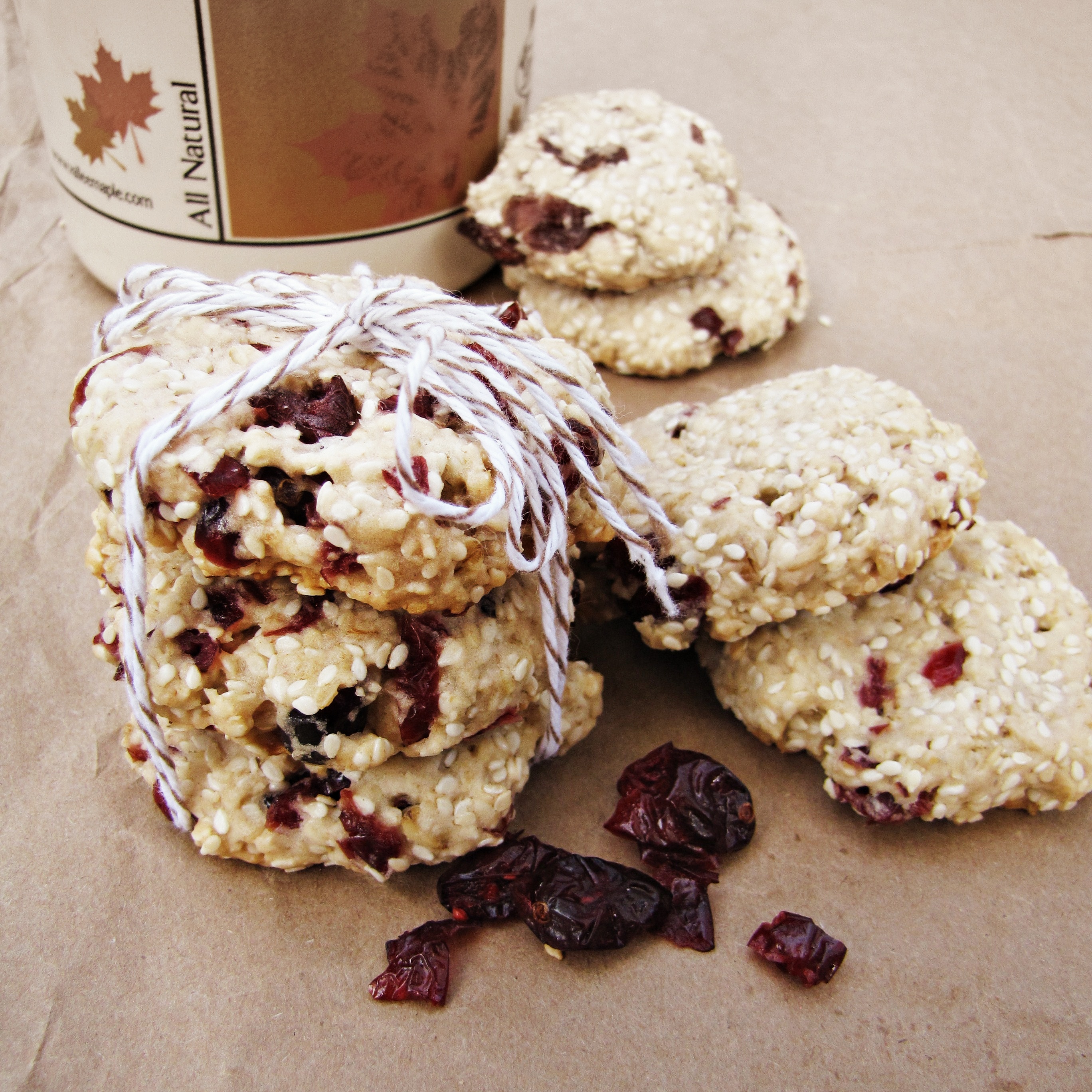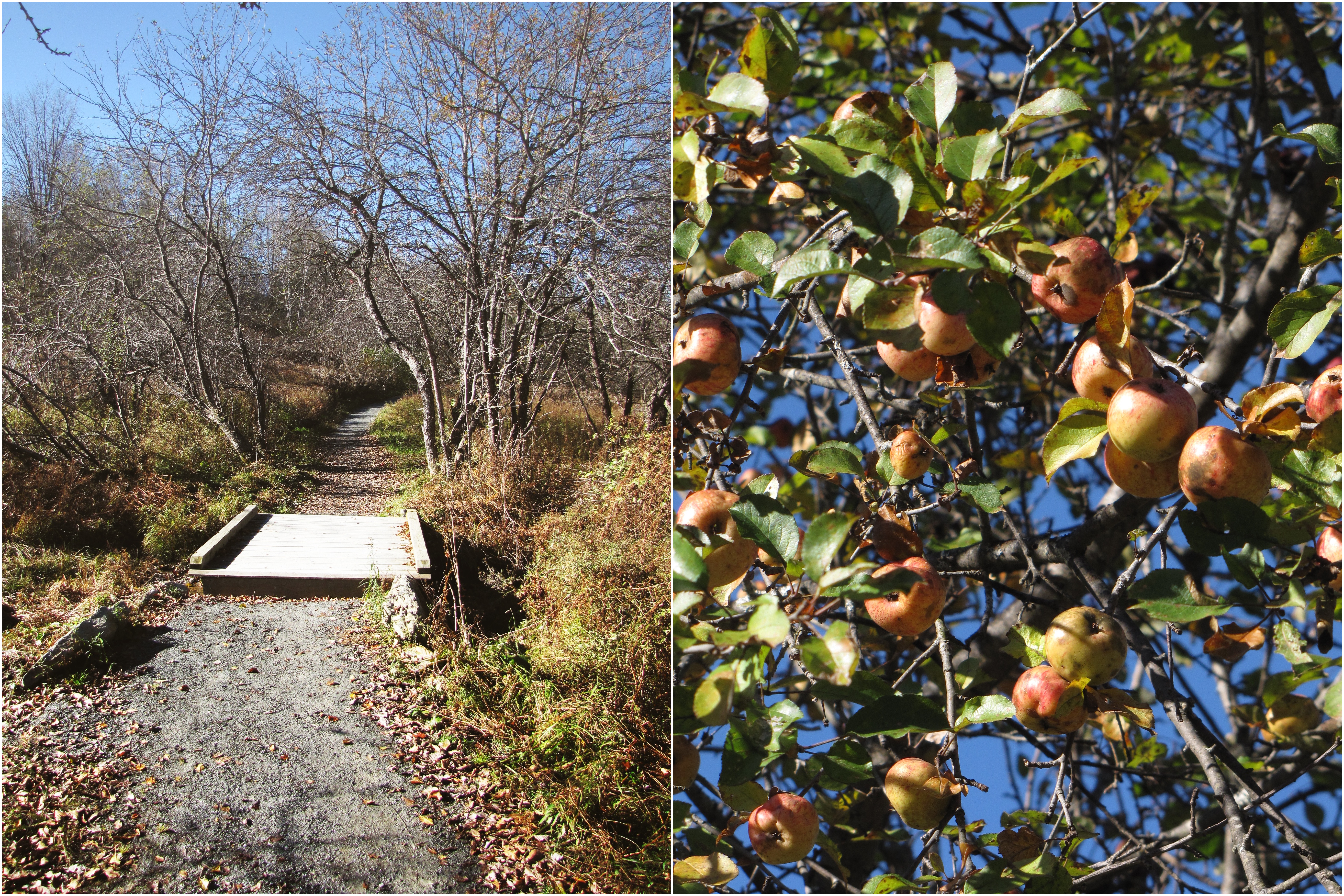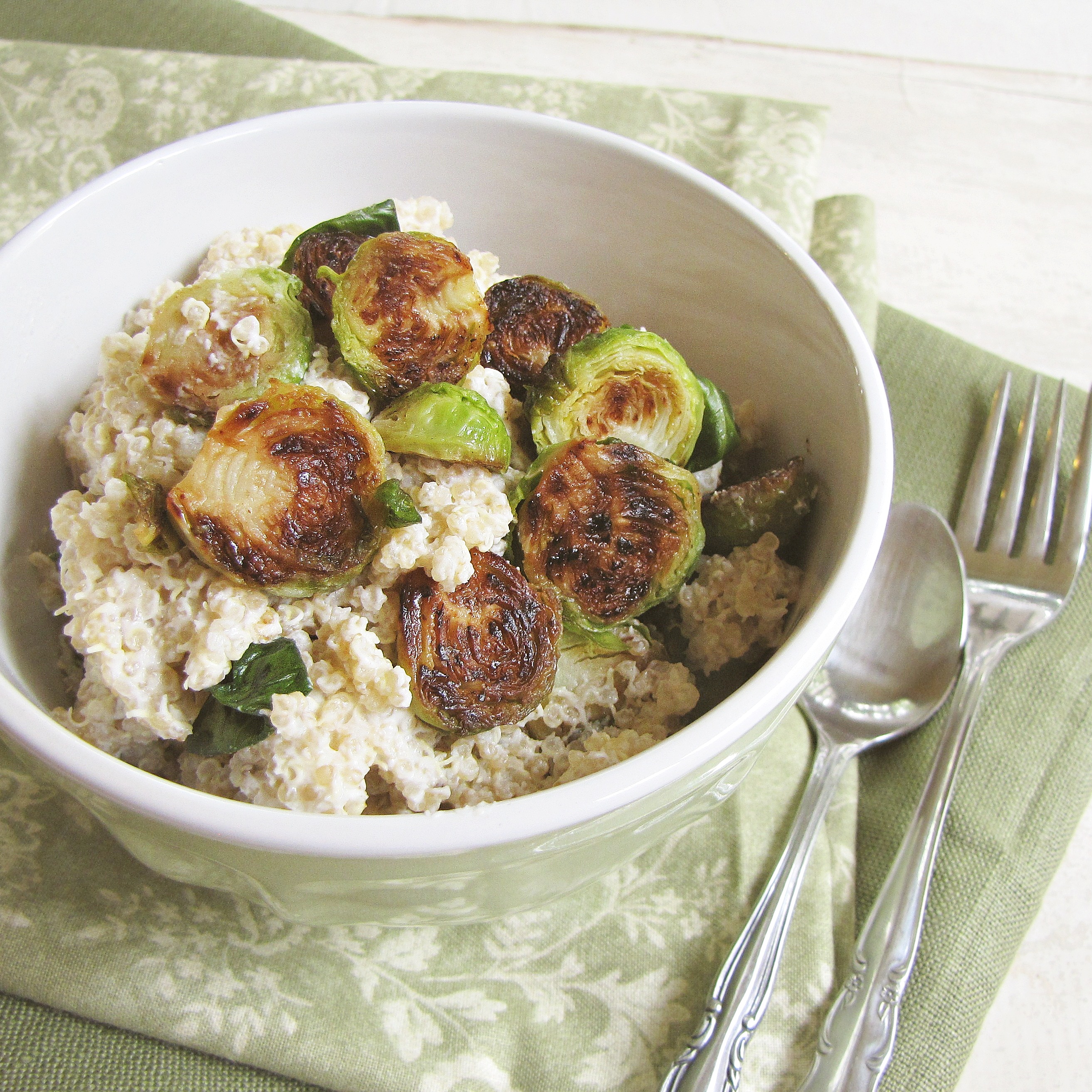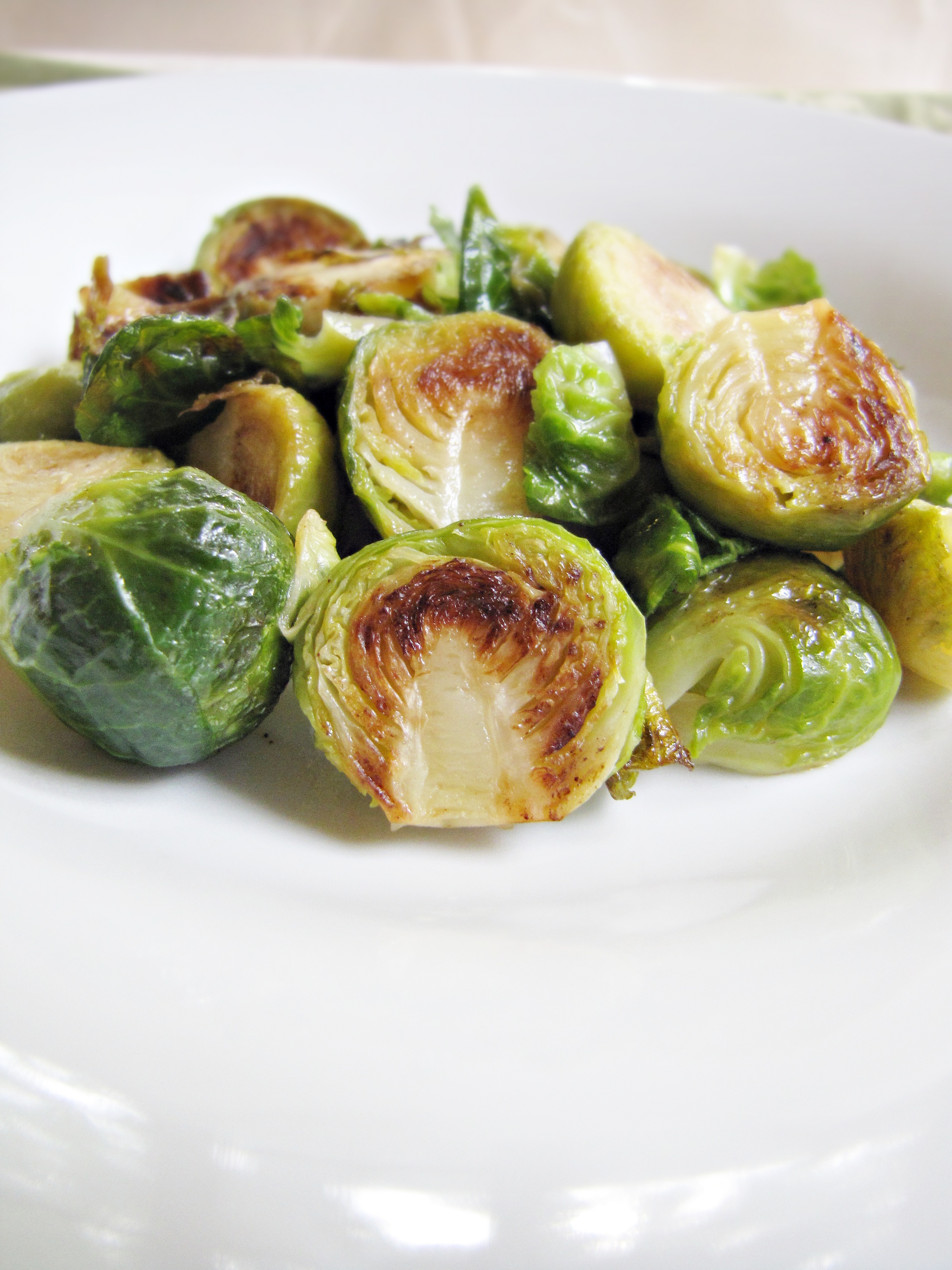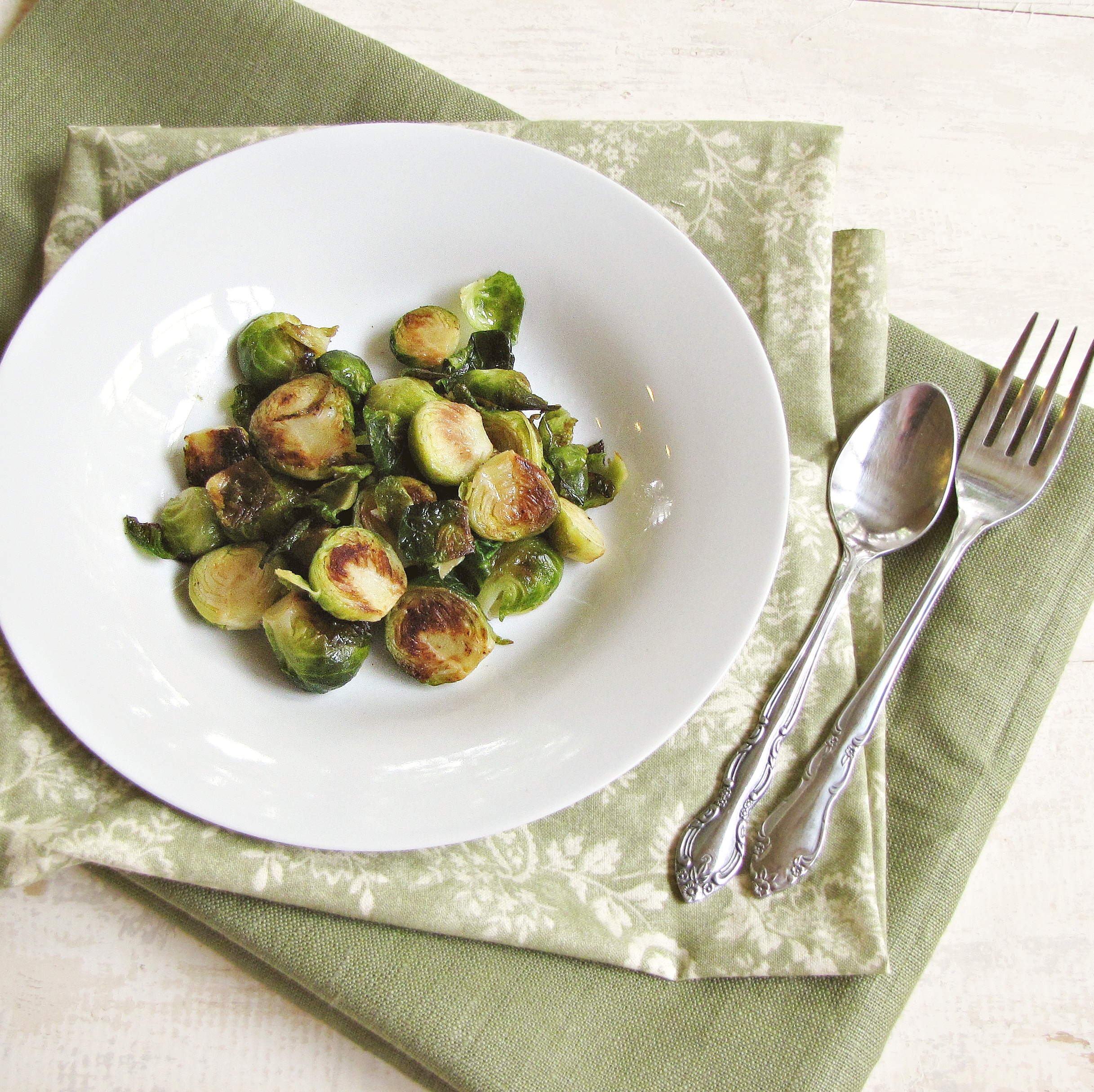Just posting this recipe for inclusion in the winter 2012 cleanse – if I make it again, I’ll be sure to take some pictures! This is good – not particularly inspiring but fairly interesting and yummy. One major note: the original recipe is for an entire roast chicken, so this is my very loose adaption.
Grape and Ginger Glazed Chicken
Adapted loosely from Lucid Food: Cooking for an Eco-Conscious Life. Serves 3.
- 3 boneless skinless chicken breasts
- 1 TBS olive oil
- kosher salt and freshly ground black pepper
- 6 cloves garlic, sliced
- 3 c. grapes, a mix of green and red
- 2 inch fresh ginger, peeled and minced
- 1 TBS honey
- 1 1/2 TBS mustard
- 1 TBS butter
- Make sauce: put grapes and ginger in blender or food processor and process until smooth. Strain juice into a bowl, then whisk in honey and mustard.
- Preheat oven to 450°F. Rub chicken breasts with 1/2 TBS olive oil, salt, pepper, and garlic slices, then place all in a roasting dish with 1/2 c. of the grape sauce. Marinate for 10 minutes.
- Heat remaining 1/2 TBS olive oil in a saute pan over medium-high heat. Add chicken breasts and brown on both sides, about 2 minutes per side. Return the breasts to the pan with garlic and juices, and roast for 15 minutes, uncovered, until chicken is cooked through and tender.
- While the chicken is roasting, wash out saute pan and return to stove, over medium heat. Add remaining grape mixture to pan and cook down while the chicken roasts, until it has thickened slightly to form a sauce. Add the butter to the sauce to finish and remove from heat. Serve the chicken with the sauce drizzled on top.


